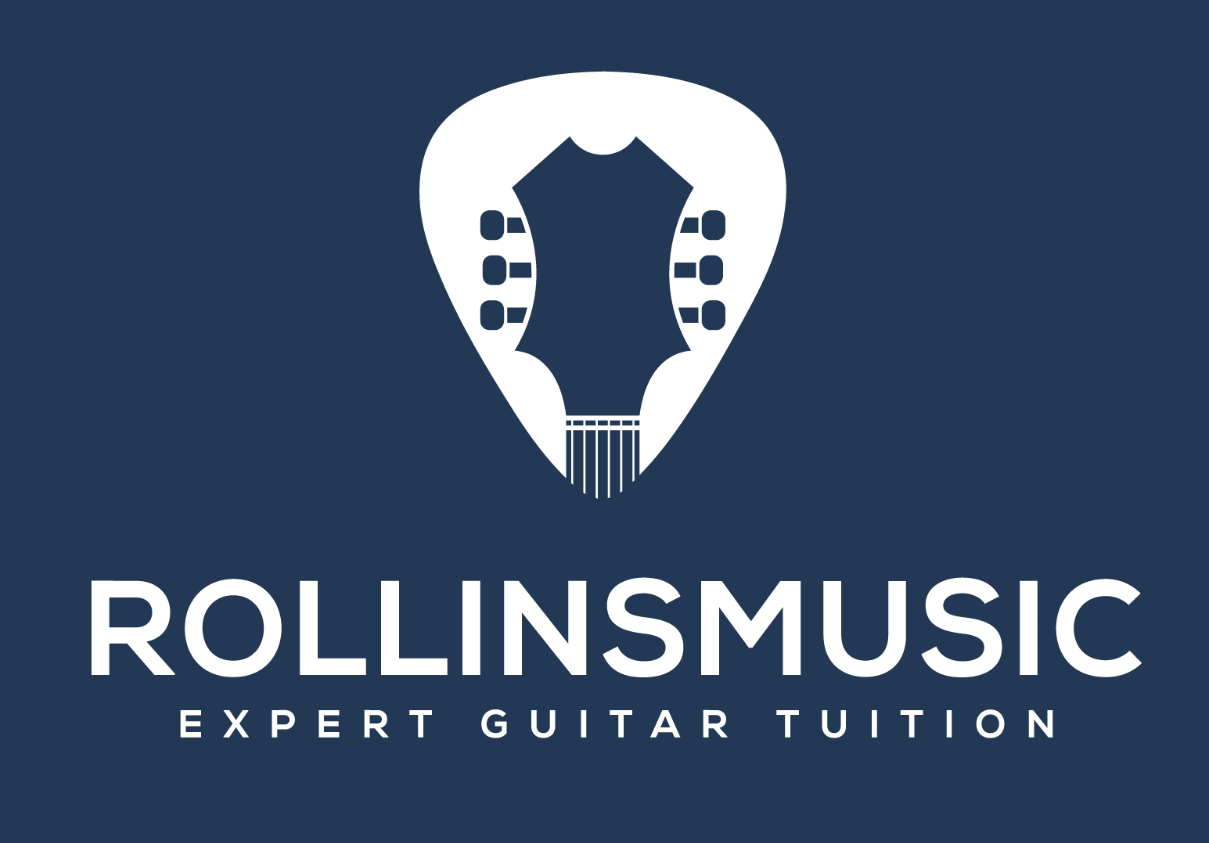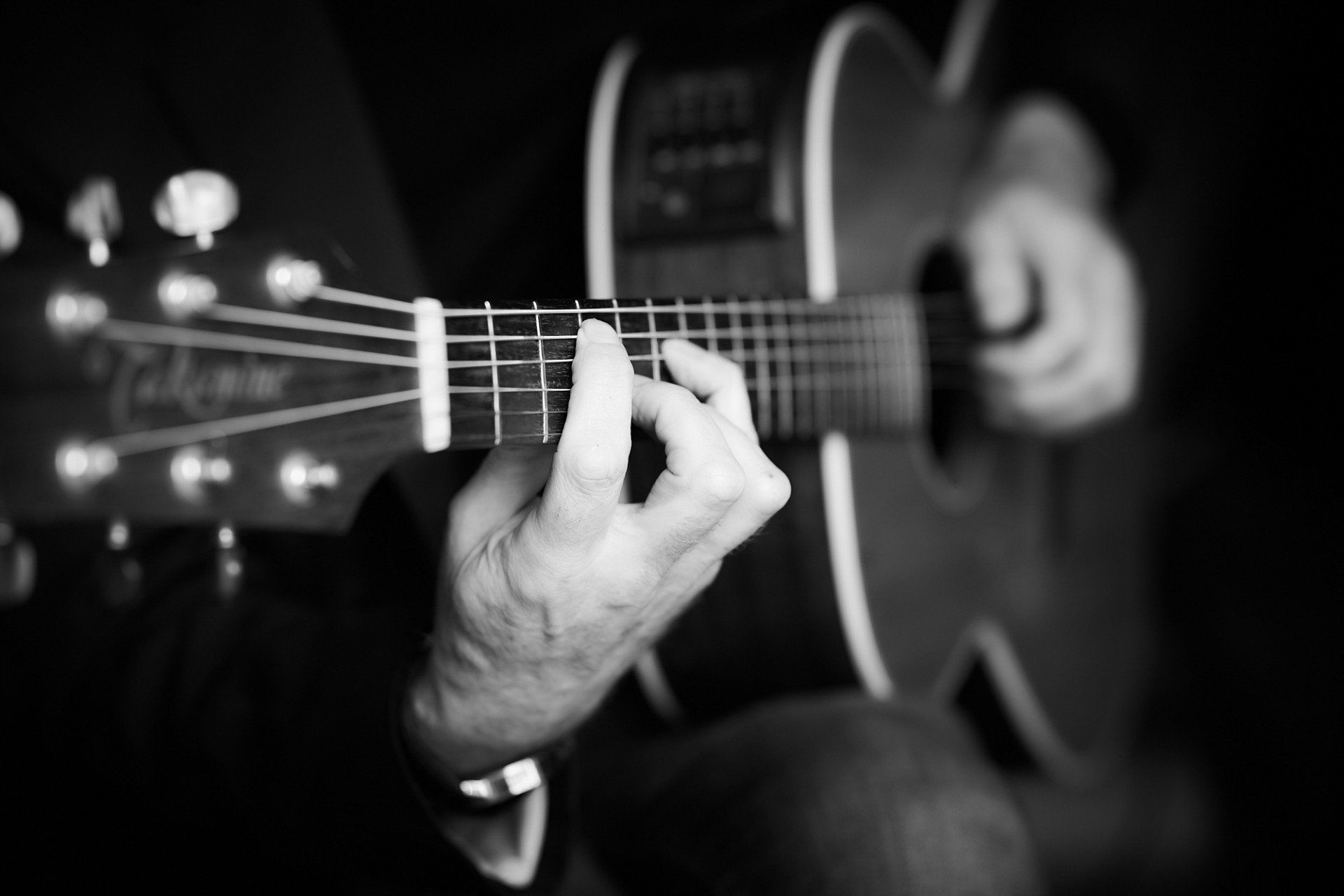Effective Practice
A guitar practice method that really works!.

So common in fact because it is simply due to human nature. If we want something, we tend to want it now or even yesterday.
The desire and hunger to play the guitar well, as soon as possible, although entirely understandable, can actually be the very thing that is holding you back. It will inevitiably make you try to run before you can walk. Yes , I know that is a huge cliche but please read on.
How many times have you looked at an example of guitar tab and began to attempt to play it before you have truly absorbed the information on the page?. What did it sound like?
Jumping in like this leads to the essential elements required to achieve your goal to be completely ignored and sacrificed, making the whole process needlessly longwinded and very frustrating, for you and also for whoever might be listening to you!.
The essential elements I mentioned are Accuracy and Timing / Rythym.
Without these there is no music.
Follow these 5 steps for a perfect guitar practice routine
1. When looking at tab or notation for the first time, only consider a small section at a time, maybe just one or two bars. Study every detail. Familiarize yourself with all the movements you will need to make BEFORE making a sound on your guitar. Only when you are certain of exactly what you are meant to be doing, proceed to try and play it
2 . At first, you must play everything slowly. If something is new to you, it is impossible to play accurately at speed. If you approach the task with haste you will almost inevitably make mistakes. Therefore you are practicing mistakes
3 . Accuracy is everything. Accuracy requires focus and patience. Once you are able to play something truly accurately, it is relatively very easy to gradually increase the tempo to the desired speed. Basically you are speeding up something that you have previously, fully learnt how to do. Try doing this the other way around and it will enevitably fail.
4 . Practice everything to a consistent beat. If possible use a metronome or a drum machine, count in your head, tap your foot, or both
Do not ignore this and play the sections you find easy, faster than the trickier parts. Do you recognise yourself in the previous statement?.
Remain focused on consistent tempo, relax and listen to the sound you are making. Possibly ask yourself, “If someone else was playing this, would I enjoy listening to it?".
5. Now very importantly, play the phrase you are working on over and over, to that consistent tempo so as to create a loop
Leave a one or two bar pause of silence between each attempt. This creates a solid structure for you to work with as opposed to an erratic, frustrating, haphazard and I suspect non productive approach. Within a short space of time if you are doing all of the above you should find you are playing the music perfectly.


